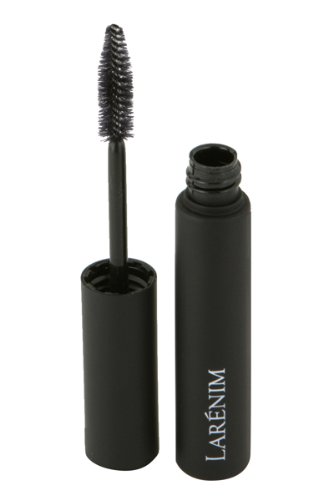Trying to raise money for your non-profit film/ rescue organization/ charity event? Welcome to the club. Regular Guest Blogger Ali Berman shares her expertise on how to get that money, honey.

For the past three and a half years I have worked as a grant administrator for a private foundation focusing on animal welfare. During that time I’ve accepted or rejected over seventeen hundred grant inquiries. I’ve seen it all – the good the bad and the downright you’ve got to be kidding me. Everything from people misspelling their own names to ignoring punctuation to referring to their organization as a woman the way one might talk about a boat. “She’s got her 501(c)(3) status…” You get the point. Truth be told, it’s more common for me to get a disaster of an inquiry than to receive a well organized appeal for cash.
I’d like to share with you some of the most common mistakes I’ve seen and perhaps a little advice. They may seem simple, ridiculous, or just like pure common sense, but nearly all of the inquiries I receive make at least one of these mistakes.
1. Read the guidelines! I can’t stress this one enough. 90% of the inquiries I receive are for projects we will never fund. We even say in our guidelines, “These are the kinds of projects we will NOT fund.” We don’t give mixed signals. But most people don’t bother reading the full guidelines or they simply ignore them. If a restaurant tells you they don’t serve tofu when you call them on the phone, showing up at the restaurant and ordering tofu is not going to make them magically have it. It’s a waste of everyone’s time.
2. If they say send inquiries electronically, don’t send them via snail mail. This again falls under the category of reading the guidelines, but it’s such a common mistake, and a costly one, that it seems worth mentioning. Sure, I like looking at the pictures in your beautiful brochure when I get it in the mail, but since we say on our website we only accept inquiries via email, you will not be getting a letter or email back from me. That fancy brochure most likely cost you about 5 bucks (or more) to create and send. A waste of valuable money your organization needs to succeed.
3. Many volunteers write letters of inquiry asking for grants for their organization. The first sentence often reads as follows: “I’m a volunteer and have never written an inquiry letter before so please forgive me if I do this wrong.” Never apologize! Do the best you can and if you feel unsure, have someone at the organization read it over and help with final edits. Also, research what a letter of inquiry is supposed to look like and go forward from there.
4. Please please please use spell check. And if grammar isn’t your strongest skill, ask someone you trust to read over your letter of inquiry before sending it to foundations. A small mistake can be forgiven. Mistake after mistake after mistake just makes you look like you didn’t take the time to write and send a professional letter. It also makes your organization look unprofessional. Even if you’re a great writer, having someone read over your work is worth the time. We all make mistakes.
5. When emailing your letter of inquiry, don’t attach it as a separate document unless the foundation asks you to. Many places won’t even open attachments because of the computer virus risk. Put your inquiry in the body of the email unless the guidelines tell you differently.
6. If you’ve been rejected don’t write back asking for recommendations for other foundations that might be interested in your work. Most foundations receive hundreds, if not thousands of inquiries a year. We are not experts in what other foundations fund and will not write back with recommendations.
7. The purpose of the letter of inquiry is to give the foundation a basic understanding of your non-profit and the reason you are asking for funding. Be clear. Be concise. Let them know who you are, why your organization needs the money and why it’s important. Many foundations will specify how long your inquiry should be. Usually one to two pages. No more. It’s not a proposal. Just a basic description to see if it’s a fit. I’m partial to one page inquiries. I usually know by the first or second paragraph whether or not my foundation will be interested.
8. Once you’ve read the guidelines and researched the foundation, it never hurts to emphasize the connection between your project and the interests of the foundation. Find out the goals of the foundation. What are they trying to achieve through grant giving? How does your project help achieve those goals? It shows that you’ve done your research and therefore respect our time and yours.
A good letter of inquiry takes patience. A good rule of thumb is never to send something out the day you write it (that is unless you’re writing it on the deadline). Work on it until you think it’s perfect, then put it aside, and look at it even more critically the next day. Show it to a colleague and ask for help with edits. A good letter of inquiry gets you in the door. It’s worth spending the time to make it great.

In addition to working as a grant administrator, Ali Berman is a writer/teacher/activist. She works as a humane educator for HEART teaching kids about issues affecting people, animals and the environment.


